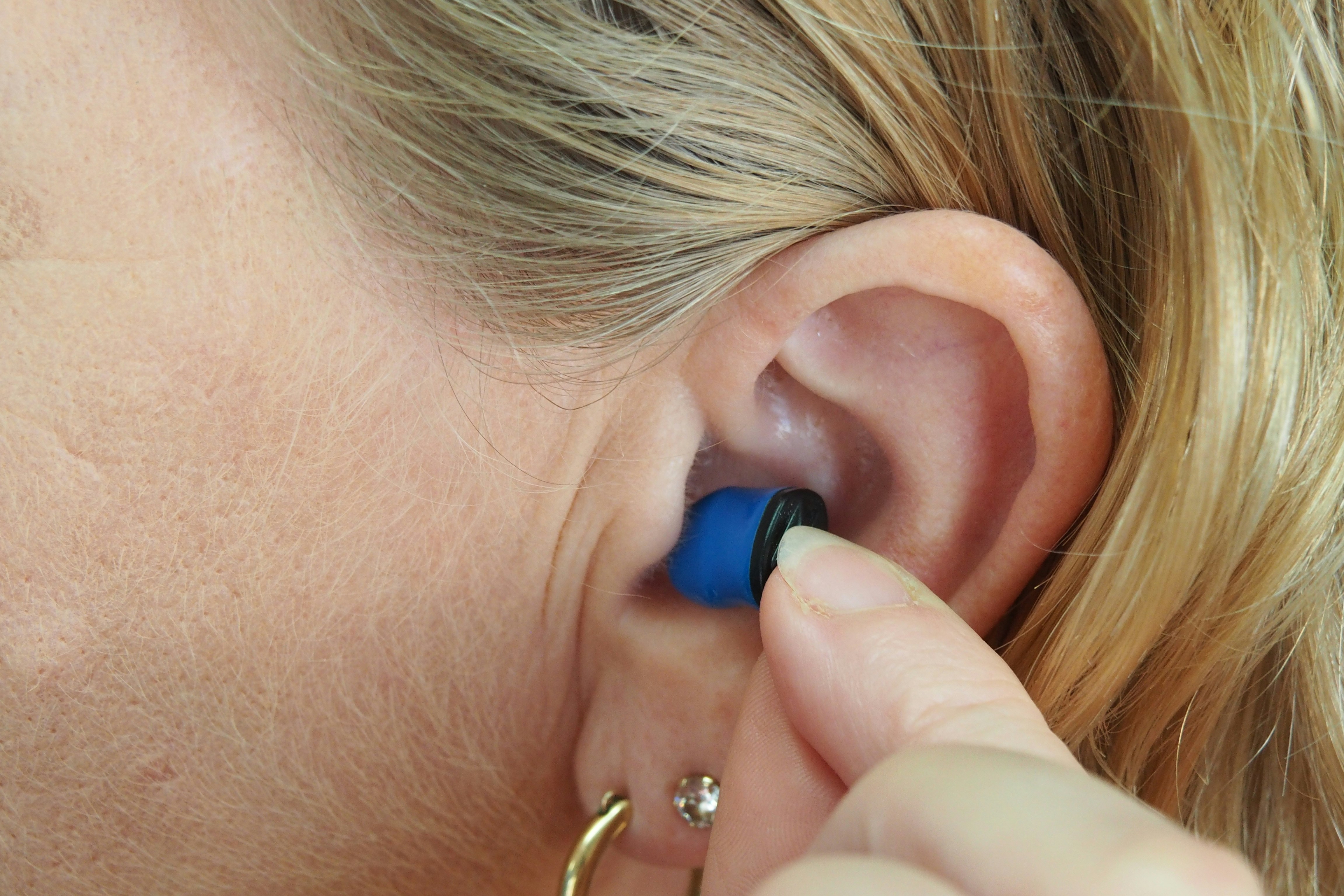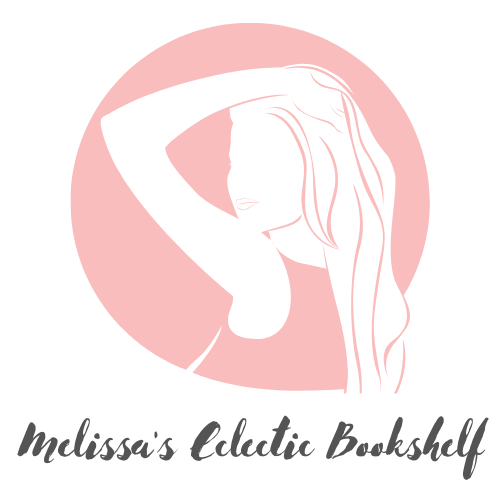A viatical settlement transaction occurs when a policyholder with a terminal illness or chronic condition sells their life insurance policy to a third-party in exchange for a one-time cash payout. After the sale of the life insurance policy, the buyer keeps up the monthly premium payments. They also claim the net death benefit of the insurance policy once the initial policy owner passes away.
Viatical settlements cater to individuals with terminal illnesses and whose life expectancy is less than two years. The difference between a viatical settlement and a life settlement is that, in a life settlement transaction, the policyholder is usually non-terminal, consequently having a life expectancy of up to 20 or more years.
Like any other terminal illness, a cancer diagnosis can cause a lot of physical, mental, and emotional pain to the sufferer. Additional to this stress is the financial strain caused when seeking medical treatment. Because of some medical expenses, such as experimental clinical treatments, are not covered by most life insurers, most patients have to cater to these costs out of pocket. Knowing just how challenging this financial strain can be for seniors and other cancer patients, viatical settlement companies like American Life Fund are here to help.
Working with a trusted viatical settlement provider like American Life Fund can help you get that much needed financial assistance that you didn’t know your insurance policy could give you. Their status as a trusted viatical settlement broker means that they will walk you through the entire viatical settlement process, help you fill and compile the relevant documents (medical records, for instance), and make sure you get the best value on your life insurance policy.
To see if you or a loved one qualifies for viaticals from American Life Fund, visit their website for more information. Keep reading as we explore three medical needs that you can pay for with your viatical settlement.
1. Hearing Aids

A hearing aid is an electronic device worn inside or behind the ear, and it’s used to improve the hearing of a person suffering from hearing loss. In most countries, hearing aids are classified as medical devices. However, while this might be the case, most insurance companies will only cover a portion of the cost of hearing tests.
Hearing aid technology is always advancing, and new technologies require that hearing aid users upgrade to the latest models. Phonak hearing aids are considered the best hearing aids in the market for a number of reasons. Their speech understanding technology ensures that the hearing aid user can pick up surround sound easily. Additionally, Phonak hearing aids are the only hearing brand that carries speech signals from one ear hearing aid to the other. This makes it possible for the hearing aid user to hear with both ears.
Phonak hearing aid prices range between $3,703 and $1,303, and the payout from a life settlement transaction can help offset any additional cost.
2. Prescription Costs

Advances in telemedicine and telehealth services have made it possible for patients to substitute in-person appointments for virtual visits. Telemedicine appointments work in the same way that regular doctor visits do, only in this case, via video chat.
Getting a prescription through telemedicine appointments is convenient because the doctor sends a digital prescription to the pharmacy himself. The pharmacist ensures that your insurance plans cover the prescribed medication. If the prescribed medication is not covered by your health insurance plan, they may recommend a cheaper medication that works just the same. Alternatively, if a cheaper version of the medication is not available, the payout from a viatical settlement transaction can help offset the additional cost of the medication.
3. Senior Living Communities

Medicare is a form of health insurance in the United States that’s offered to Americans who are 65 years old and older. Medicaid, however, does not offer any financial assistance to cover the cost of independent, assisted, or retirement living. What’s more, the cost of a standard assisted living community is $43,200 each year. Experienced nursing facilities cost between $80 (semi-private room) and $90,000 (private room). Knowing this, most families tend to pay for these long-term care services from their personal expenses.
To help offset these costs, the lump-sum payment from the sale of a life insurance policy can be used to pay for long-term care services and assisted care expenses.

